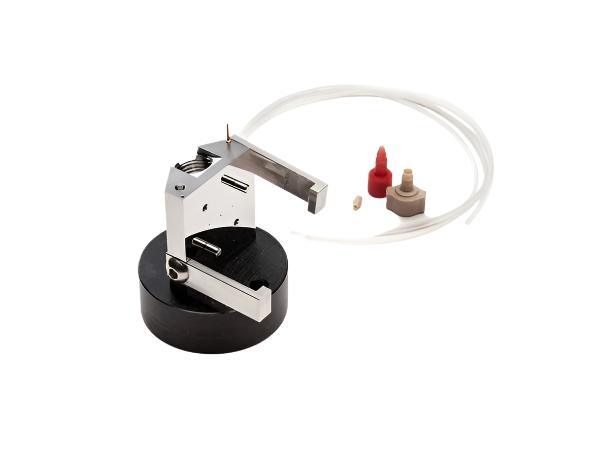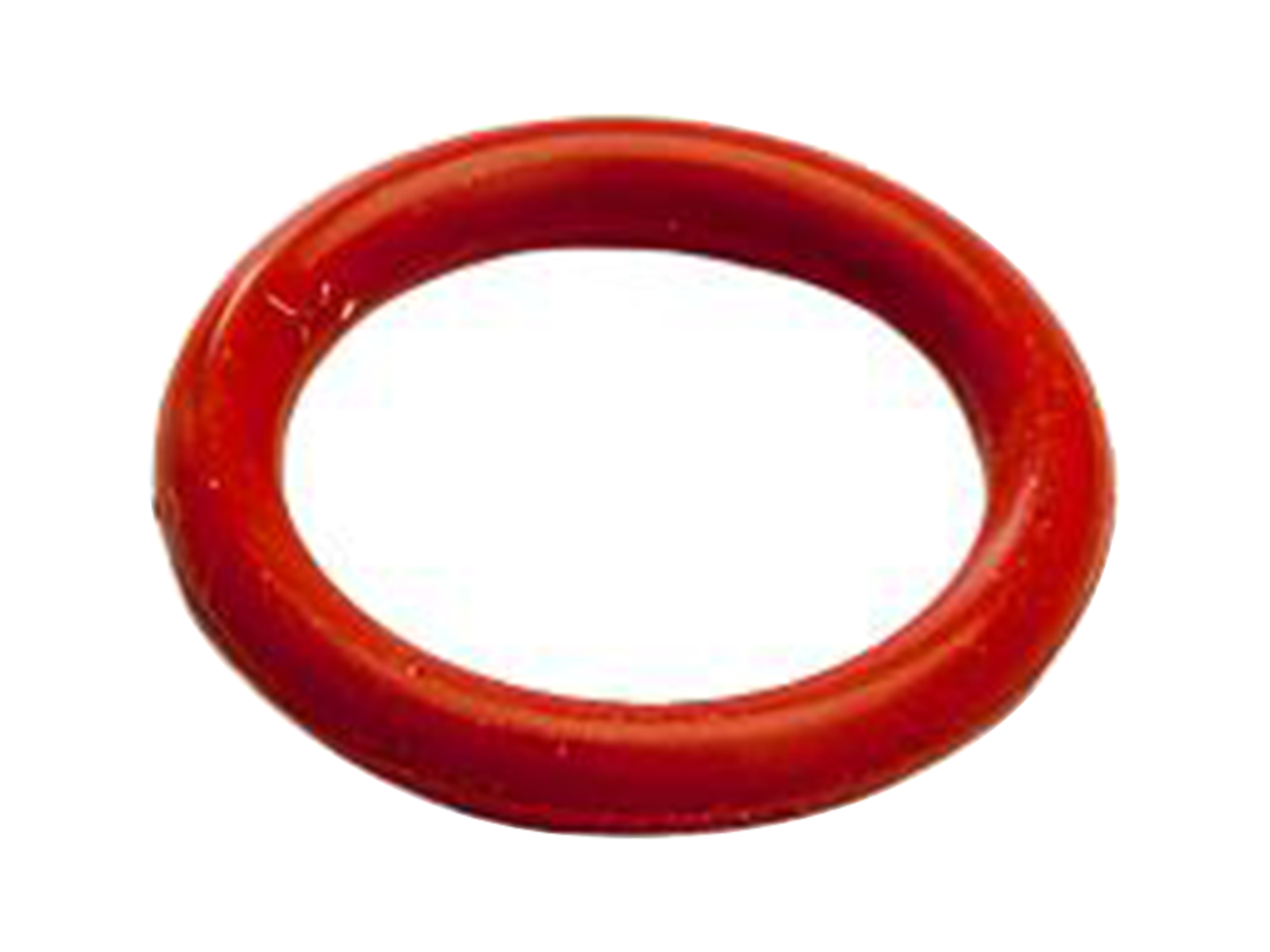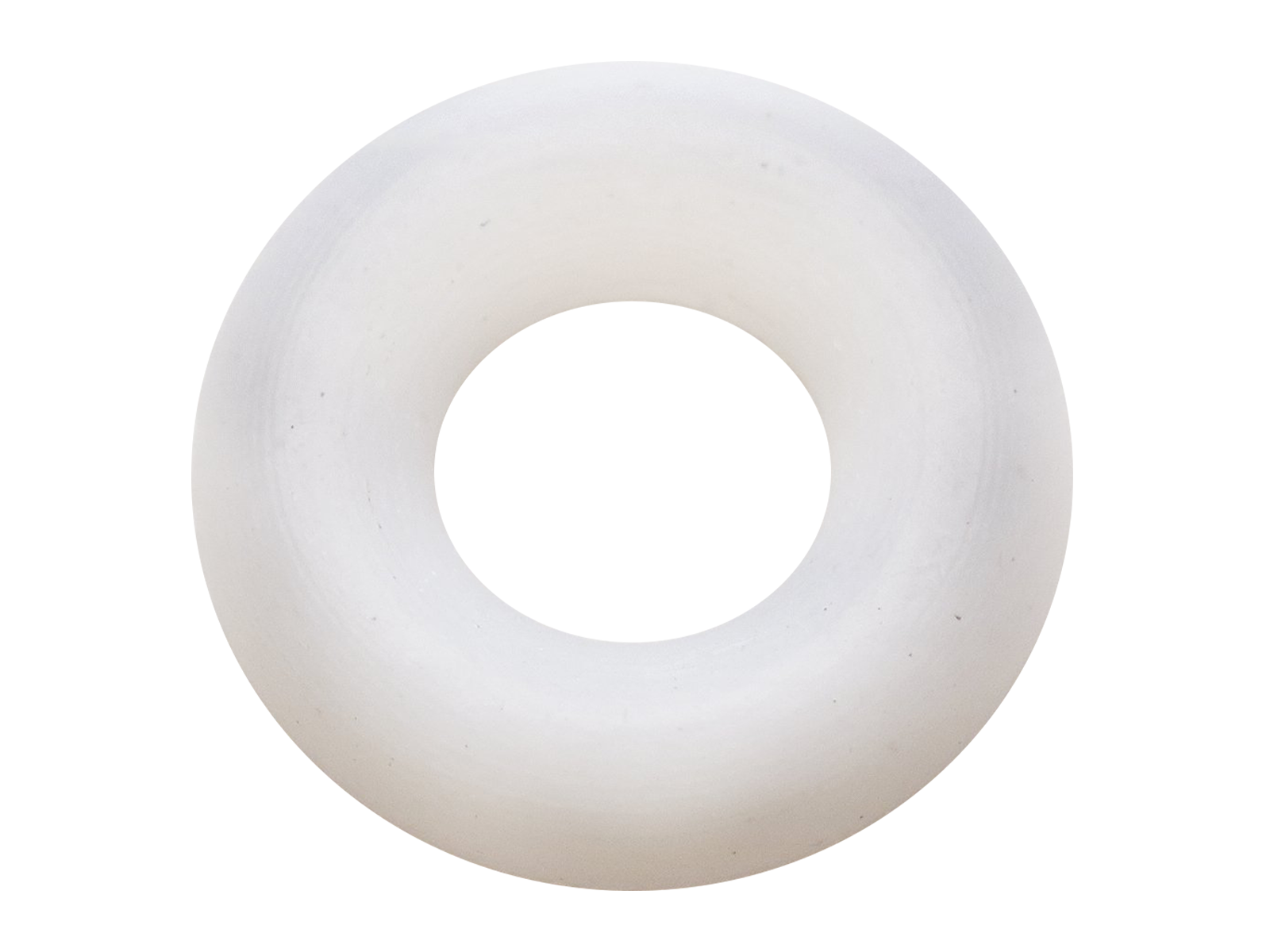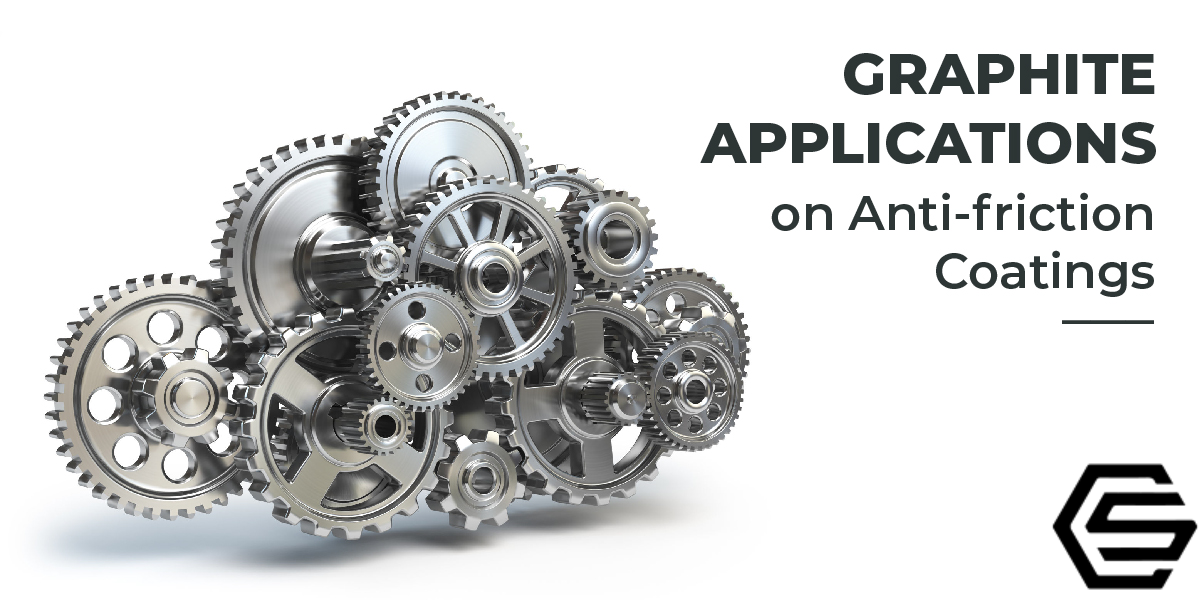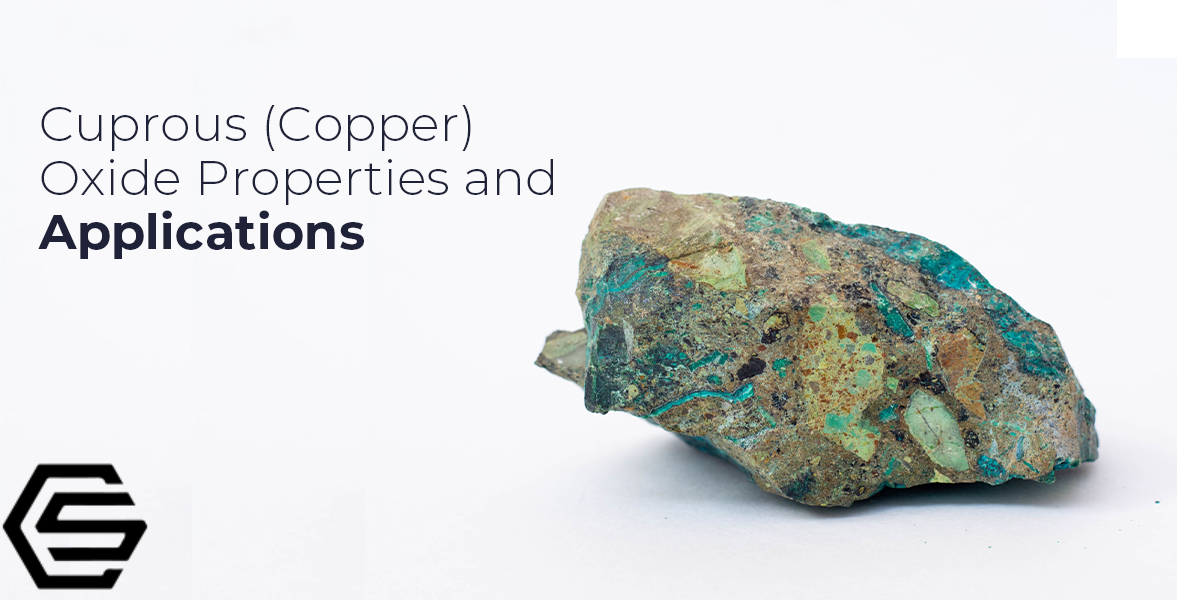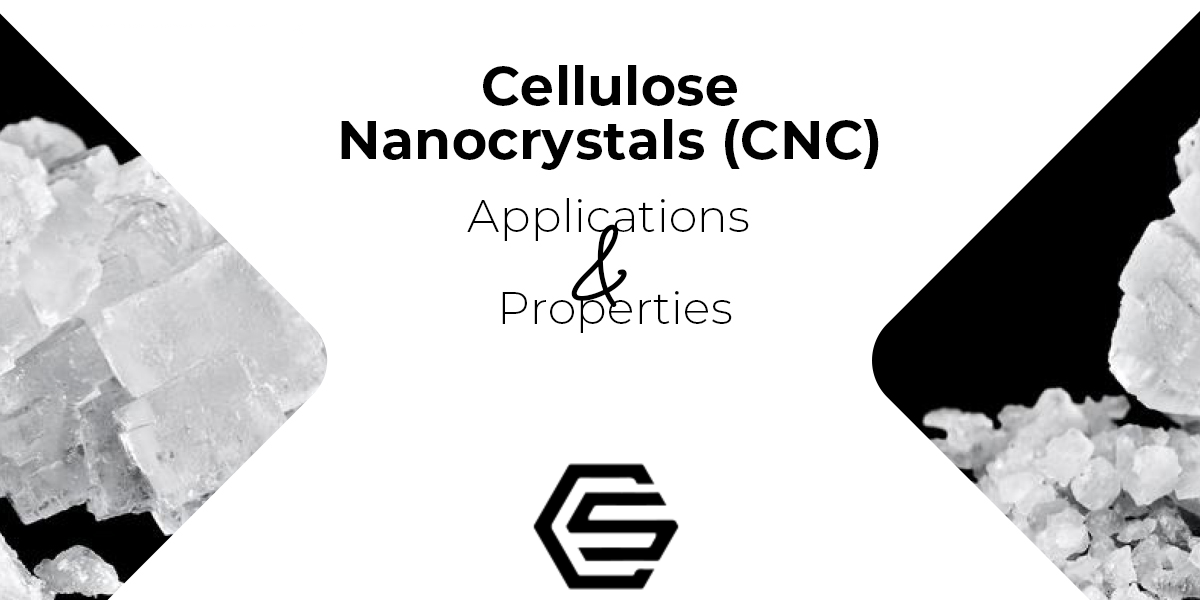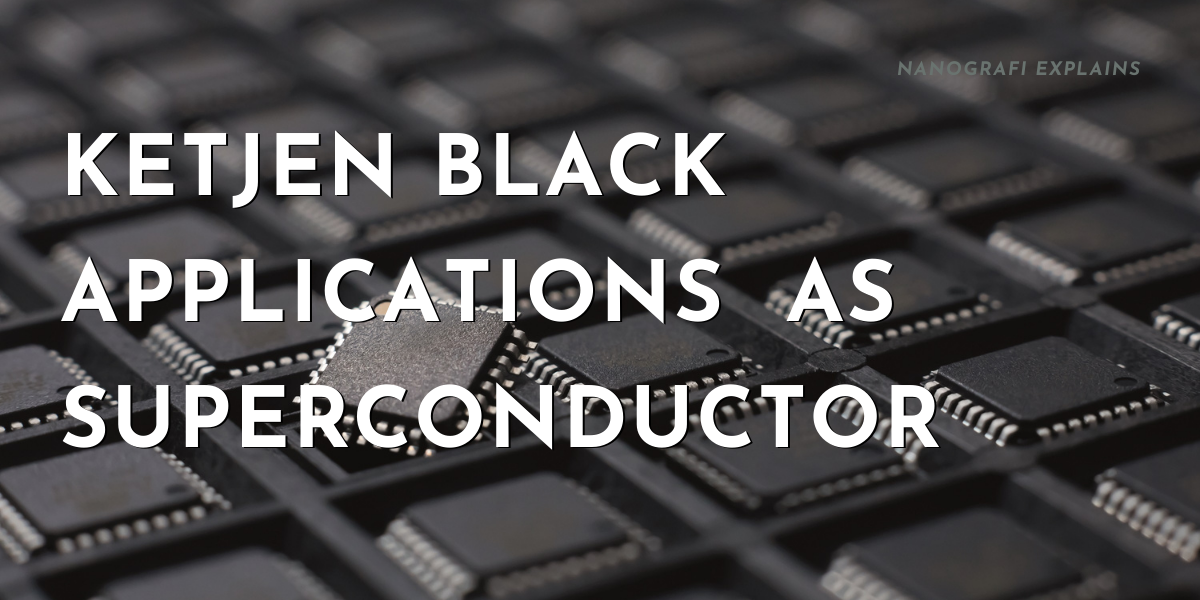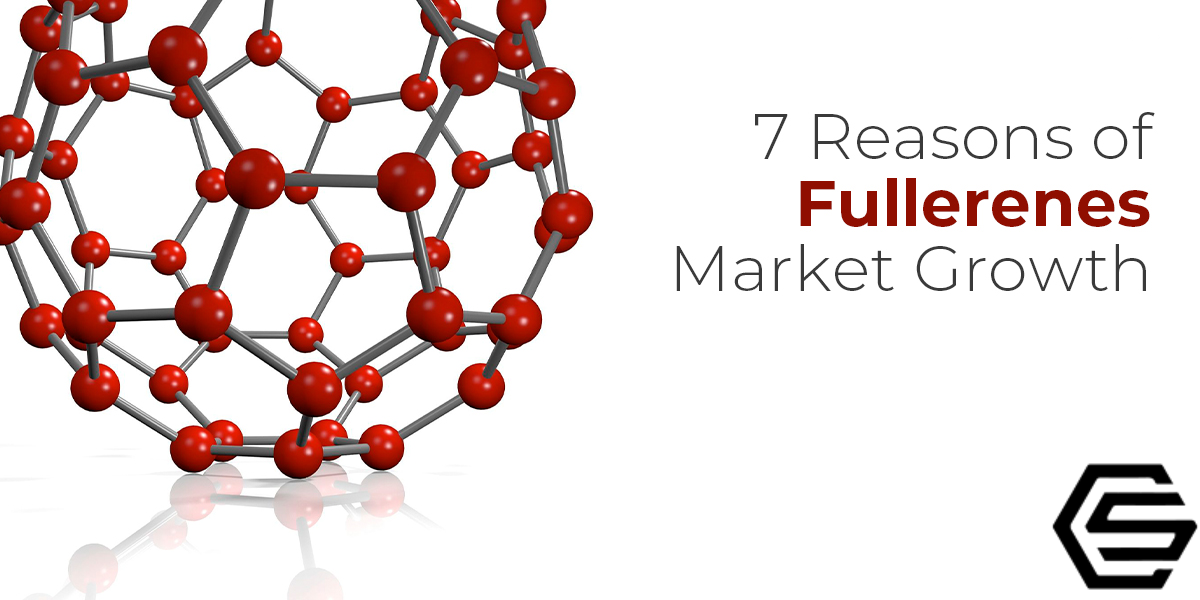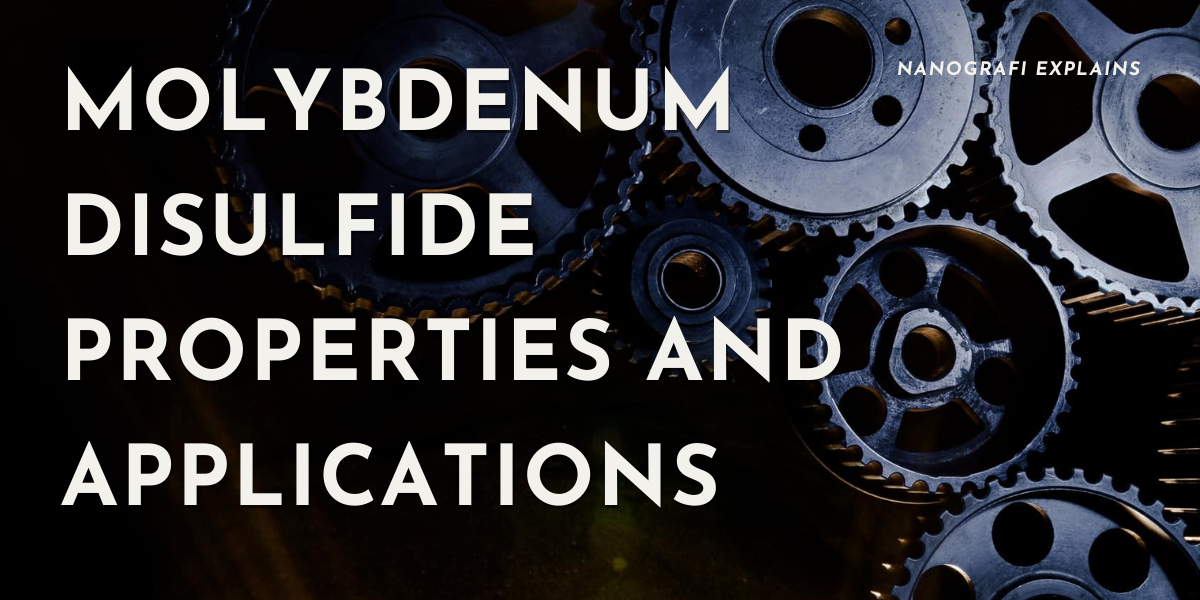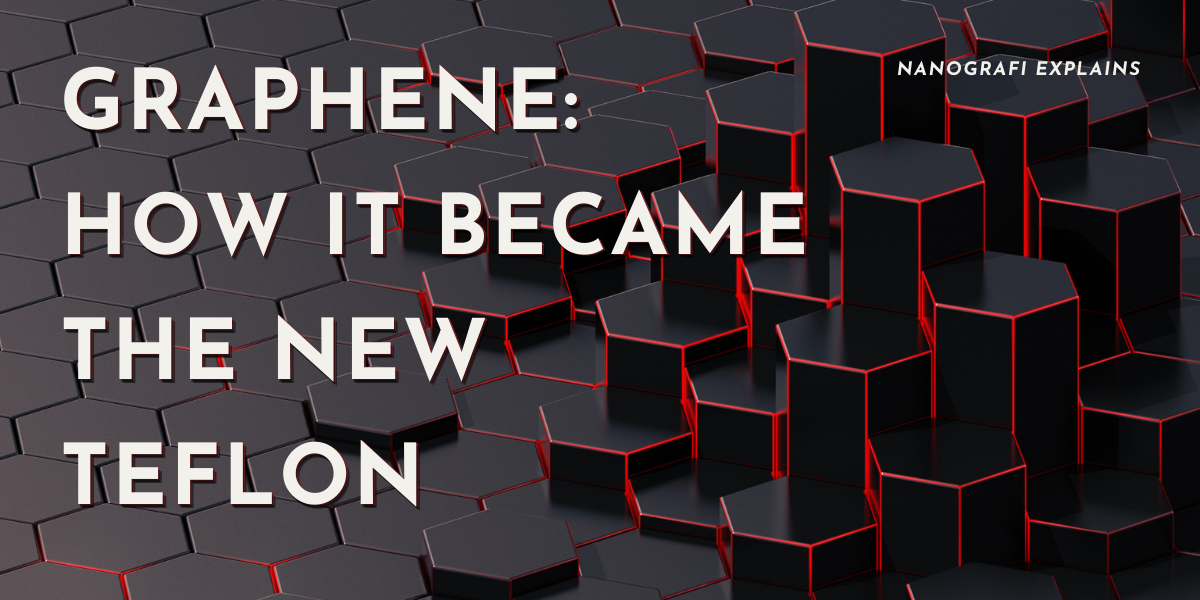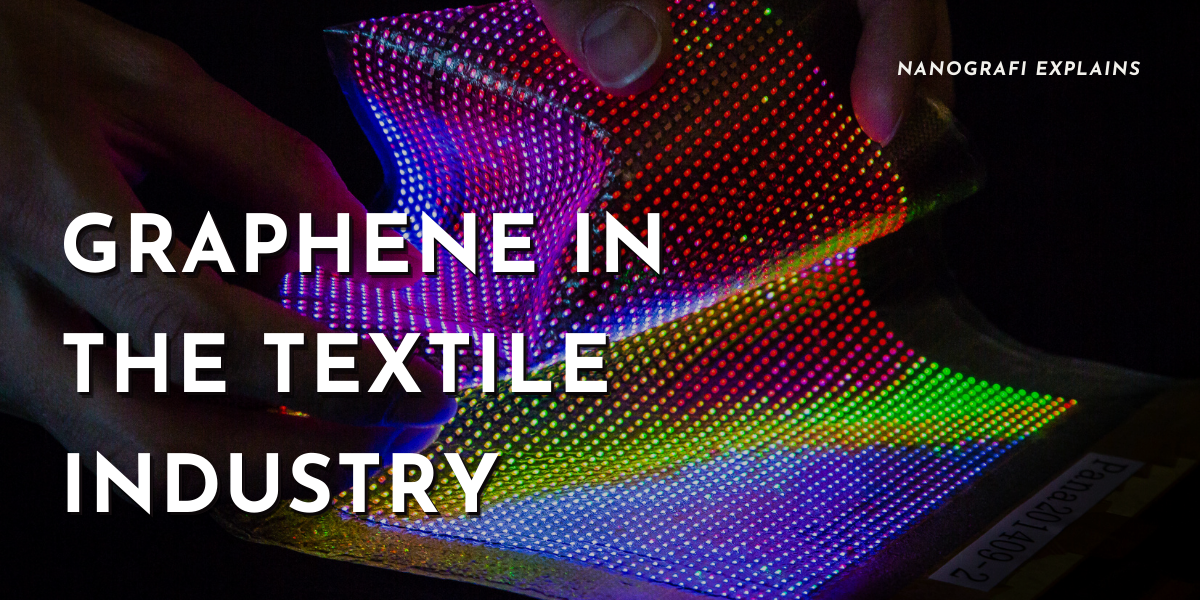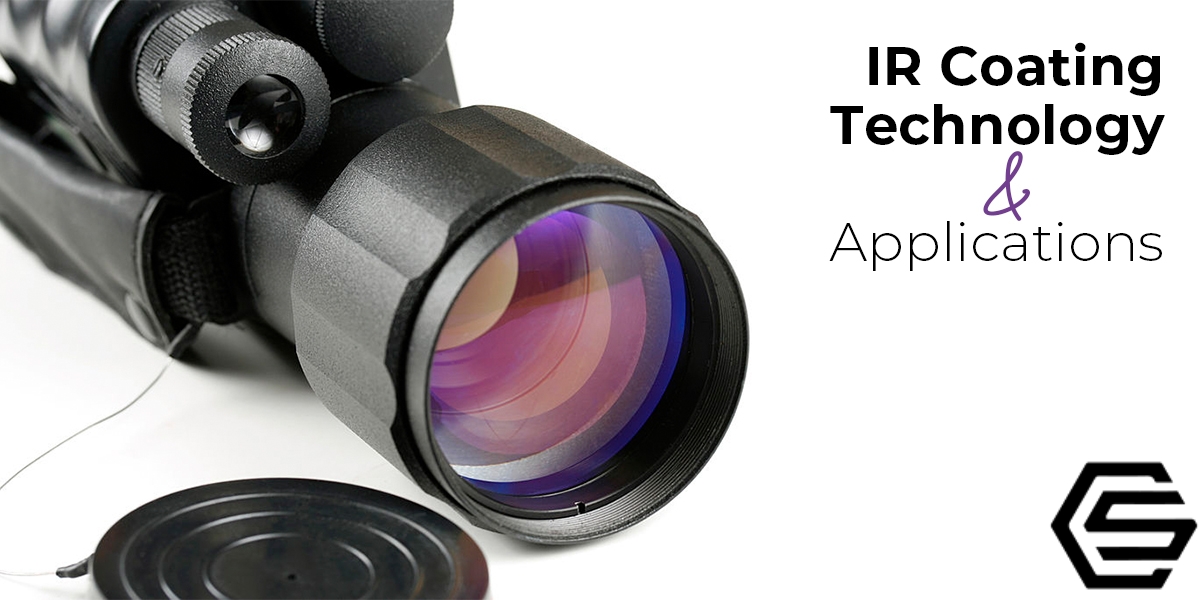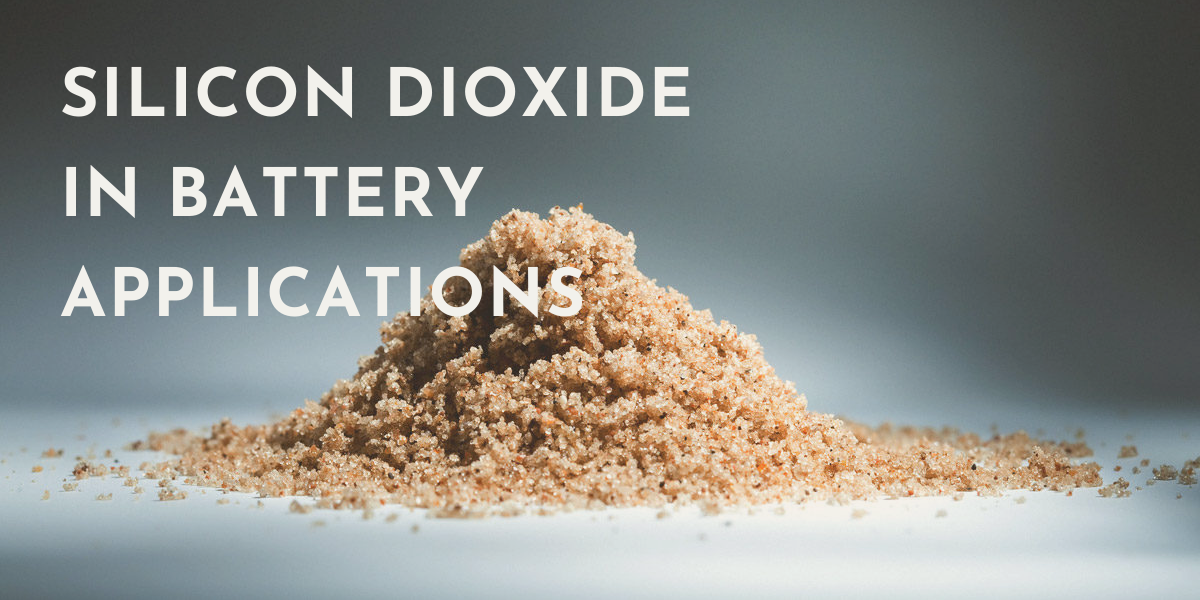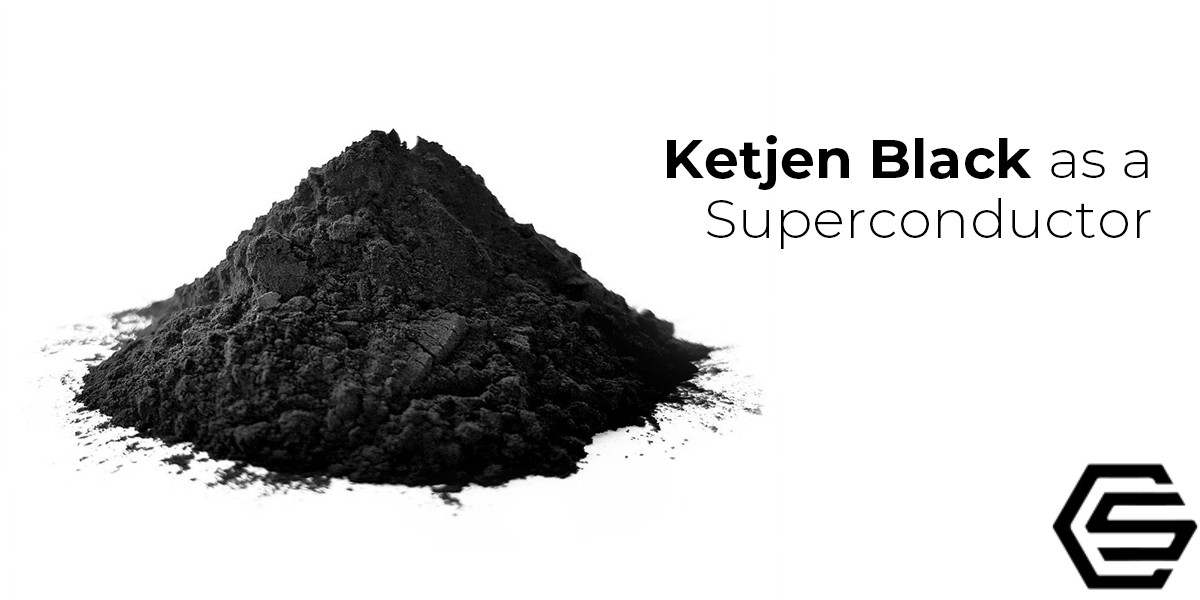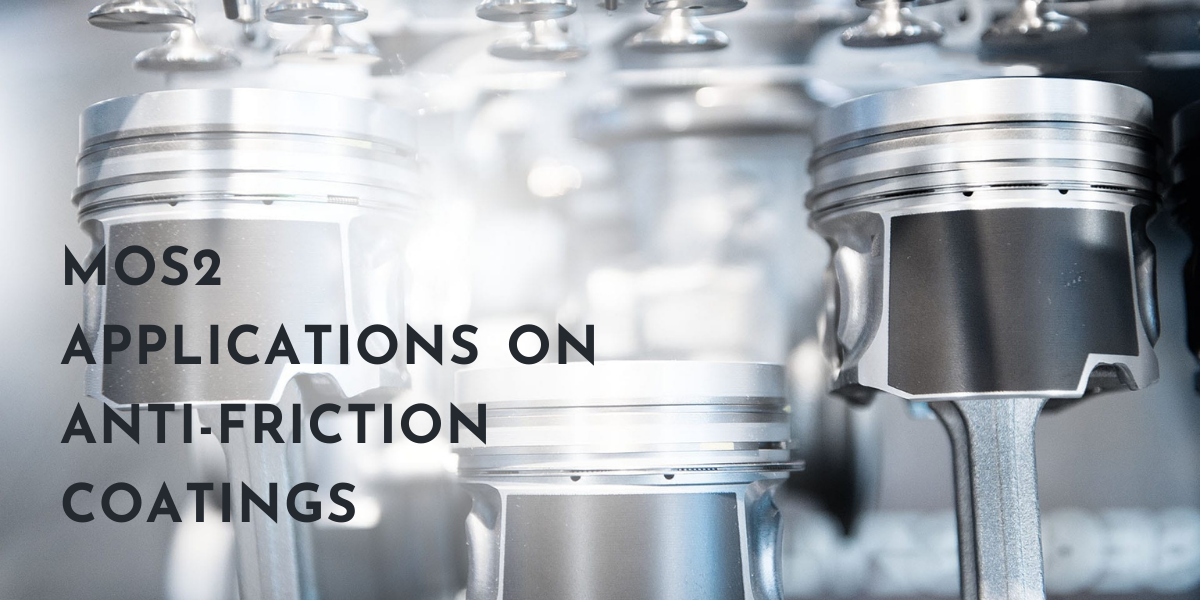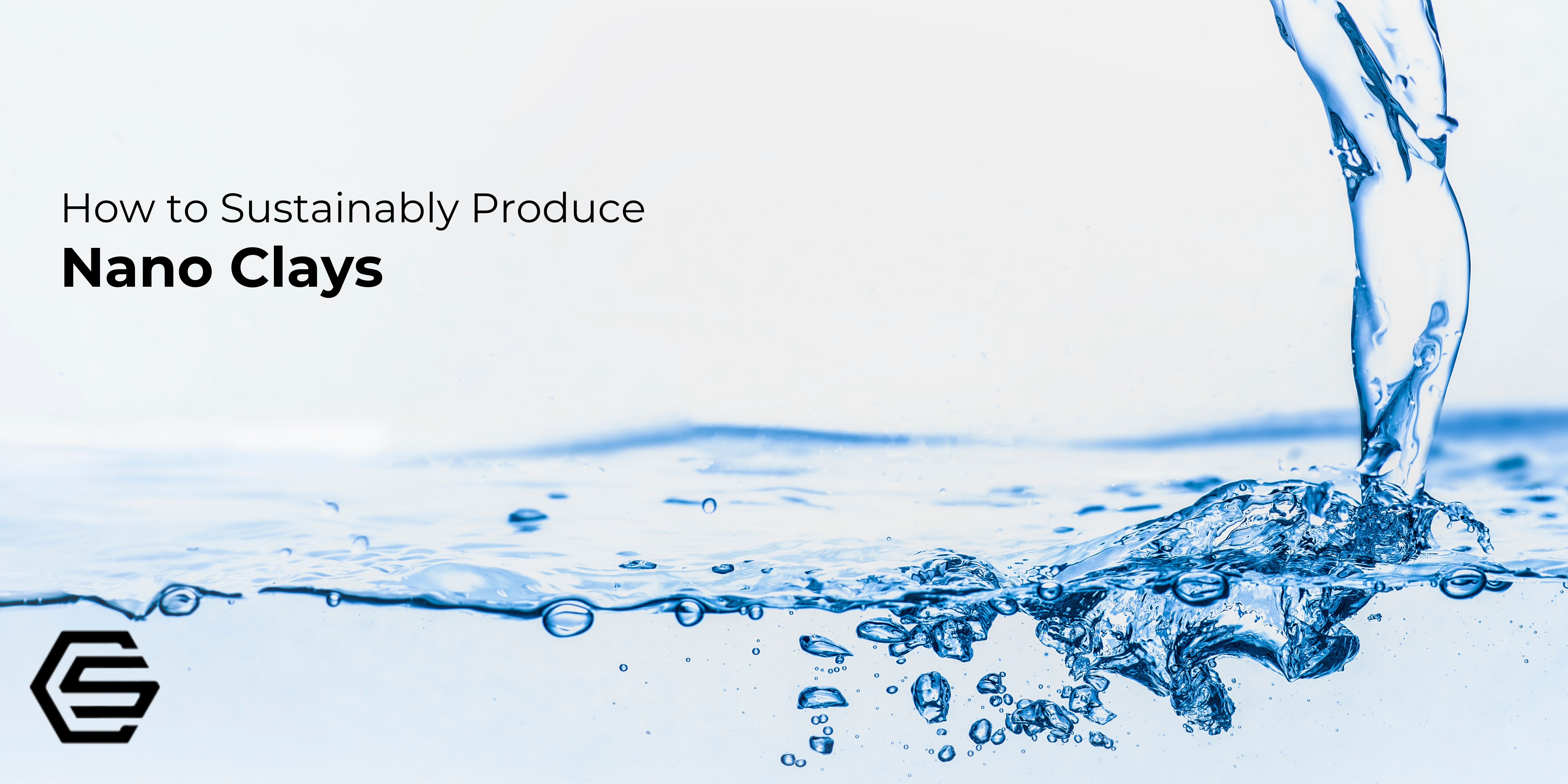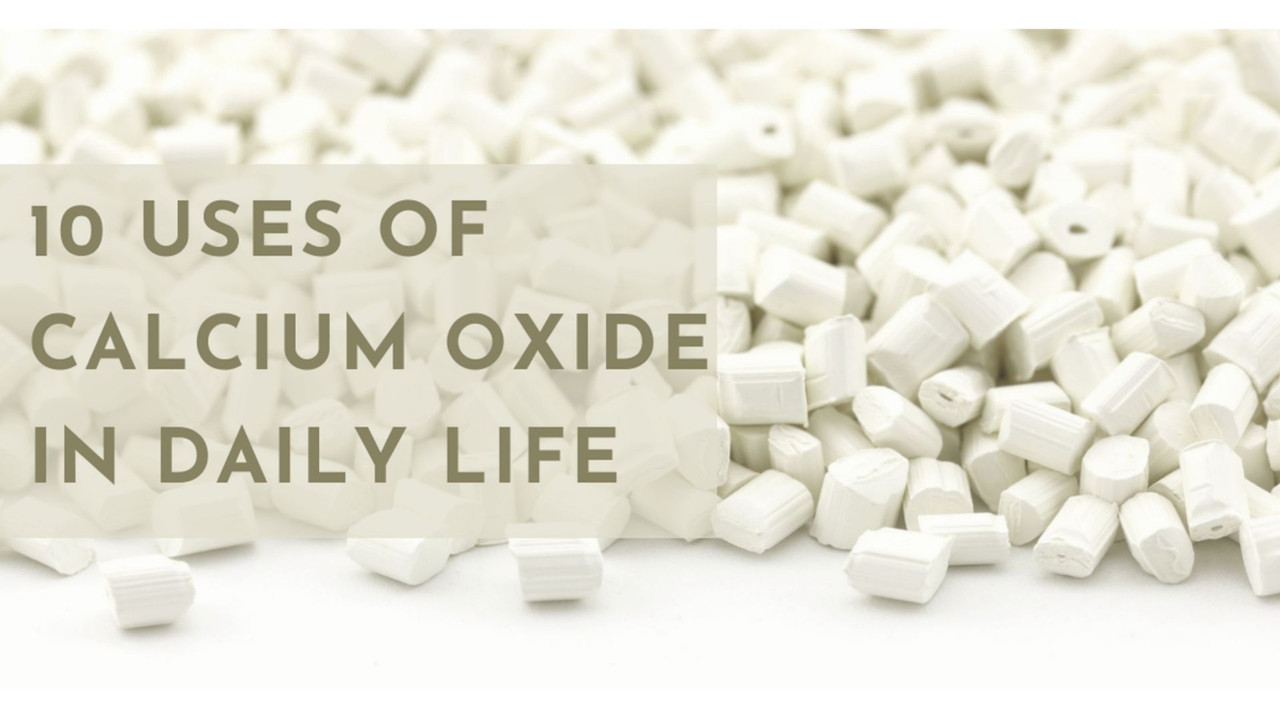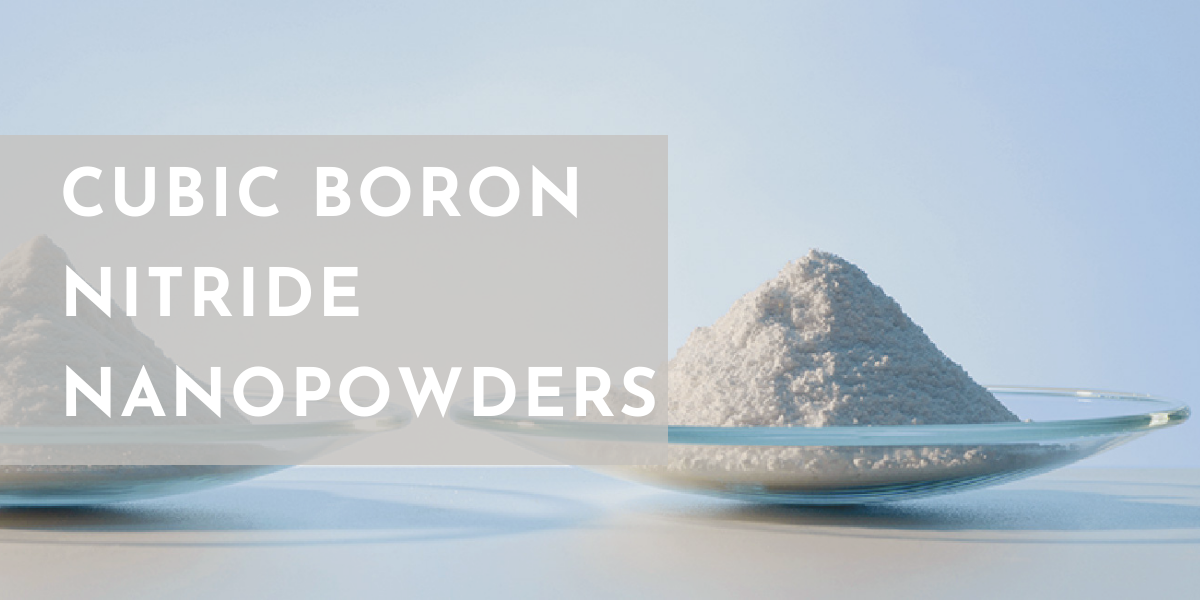BASi Auxiliary Electrode - Cross-Flow Style
Buy BASi Products from NANOSSR at the best value.
An electrochemical detection flow cell consists of a working electrode, an auxiliary electrode, and a reference electrode. These work together with the electrochemical detector to apply a controlled potential for your sample to flow across, and be oxidized or reduced. The electrochemically active surface of the working electrode may be glassy carbon, copper, gold, nickel, platinum, copper, or mercury/silver.
The actual electrochemically active surface(s) in a working electrode are the centrally located “dots” in the working electrode block, as illustrated below. In some cases there may be multiple working electrodes within a working electrode block. With multiple surfaces you can further optimize the detection of multiple analytes via dual or quad electrochemical detection.
To maximize your flexibility, BASi® has developed a variety of electrochemical detector working and auxiliary electrodes suited for a multitude of flow cell applications. While there are several options, choosing which is optimal for your analyses is usually fairly straight-forward.
To begin, in most cases, the analyte(s) of interest determines the working electrode material. For most oxidizable or reducible organic compounds, a glassy carbon electrode is used. For acetylcholine, either a platinum or “wired” glassy carbon is used (since enzymatic derivatization yields detectable H2O2). Hg/Au is used to determine thiols/disulfides, a copper electrode for carbohydrates, and gold is used for pulsed electrochemical detection (PAD) techniques. If you are not sure which electrode will be optimal for your application, we would be delighted to assist; call or email BASi and we can discuss detection of your analyte.
A second deciding factor, is whether the HPLC column is standard bore size or microbore. In many instances an electrochemical cell used for standard chromatography can be optimized for a microbore system by the simple change of flowcell gasket thickness, thus reducing the cell-swept-volume.
Third, several electrochemical cell flow patterns are available. Either a “cross-flow” or “radial-flow” cell will usually give you the optimal response, thus resulting in lower detection limits. Generally radial-flow cells are best suited for microbore electrochemical detection systems and cross-flow for standard bore chromatography systems. If post-column fraction collection or connection to a second detector (UV, fluorescence, or MS) is required, then the cross-flow with reference port configuration (MF-1092) should be used.
A complete flowcell consists of two separate BASi® part numbers, one for the Auxiliary Electrode, the other for a Cell Kit.
- The Auxiliary Electrode includes a phenolic base, arms, and exit ports.
- The Cell Kit includes a glassy carbon working electrode, gasket, reference electrodes, the retaining hardware for these electrodes, and a polishing kit.
We cannot sell BASi Products to UK customers.
NANOSSR offers a variety of electrochemistry products. Please contact us for more information.


